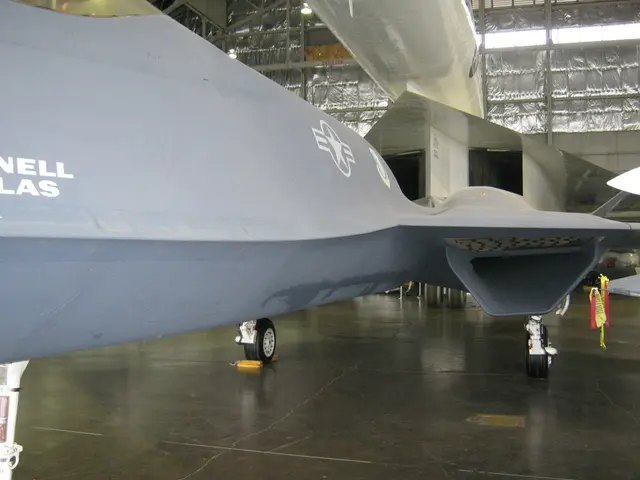Rail Safety: Preventing Wildlife Accidents on Tracks
Strategies for Mitigating Wild Animal-Vehicle Accidents on Highways - Strategies for avoiding train derailments in the wilderness:
In an endeavor to reduce wild accidents on railways, hunters in Hesse have embarked on a pilot project. The findings of this collaboration between railway operators (Bahn) and hunters will be presented at a meeting scheduled for Friday at 10:30 AM on the ICE route connecting Frankfurt and Cologne, near Hünfelden in the Taunus.
The initiative involves installing networked wildlife detectors that send both audible and visual signals before the arrival of a train. These detectors were installed along the track to monitor animal activity and prevent potential collisions. Data gathered from wildlife cameras used in the study has already proved instrumental in mitigating a hotspot for accidents near Niedernhausen in the Taunus.
The consequences of such accidents are severe, as they lead to both substantial animal suffering and hardships for train travelers. These incidents necessitate emergency braking, extensive inspections, and significant delays in train services.
With many wildlife accidents being a major safety concern, railway authorities have been seeking innovative solutions. The use of networked wildlife detectors and behavior analysis systems is now proving to be a promising avenue for proactively monitoring and reacting to animal presence near the tracks.
Some of the crucial components of these prevention mechanisms include:
- Real-Time Detection and Alerts: IoT-based sensor networks, coupled with camera surveillance and AI models, work together to detect unusual activity on the tracks. When such activity is identified, real-time alerts are triggered, allowing railway operators to take prompt action to avoid collisions.
- Animal Behavior Analysis: By studying animal movement data over time, these systems can predict when and where animals are most likely to cross the tracks. With this knowledge, targeted measures can be deployed to steer wildlife away from danger zones.
Integrating detection, alert, and automated mitigation systems not only minimizes the potential for human error but also shortens response times. The data gathered by these networks also aids in data-driven safety planning, enabling rail authorities to prioritize interventions at high-risk locations, such as deploying wildlife corridors or implementing fencing.
With success stories from projects like the Intrusion Detection Systems (IDS) used by the Indian Railways, which have significantly reduced train-elephant collisions in regions like West Bengal and Assam, and advanced sensor technology capable of detecting obstacles over 200 meters away, even in poor visibility, there is a growing momentum towards deploying such systems worldwide.
By anticipating and preventing wild animal accidents on railway tracks, these advances in technology are set to enhance rail safety and minimize potential harm to both animals and human passengers.
- The community policy, in collaboration with the railway industry, transportation, and finance sectors, could consider funding the expansion of these wildlife detection systems to further reduce wildlife accidents on railways.
- The implementation of these advanced wildlife detection and mitigation systems, including industry-standard sensing technology, could evolve to include real-time data sharing between different fishing communities, thus aiding in the protection of fisheries and marine life.








